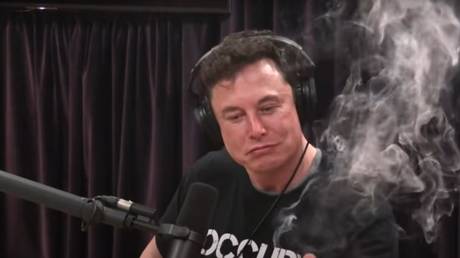
While marijuana remains illegal at the federal level, dozens of US states have decriminalized it to some extent
Twitter has given the green light for cannabis companies to run advertisements on its platform in certain US states, with the social media giant saying it will permit “responsible” pot marketing so long as vendors comply with a series of restrictions.
The company announced the policy change in a blog post on Wednesday, declaring that it would work to enable “more brands to connect with the cannabis conversation” on Twitter.
“As of today, in certain US states we have taken measures to relax our Cannabis Ads policy to create more opportunities for responsible cannabis marketing – the largest step forward by any social media platform,” said Twitter’s US Sales and Partnerships head, Alexa Alianiello. “Going forward, Twitter is allowing advertisers to promote brand preference and informational cannabis-related content for CBD, THC, and cannabis-related products and services.”
Companies in the marijuana industry looking to run ads on Twitter will have to meet a number of requirements before they can do so, however. First and foremost, advertisers must be “licensed by the appropriate authorities” in their region to offer cannabis products, as well as “pre-authorized by Twitter.”
Once approved, companies will be required to limit their ads to jurisdictions where cannabis is legal, and may not directly promote the use of pot-related products (with the exception of certain topical CBD products containing negligible amounts of THC, the main psychoactive compound in cannabis). Advertisers are also prohibited from targeting customers under the age of 21, and must not “appeal to minors” in any way.
While other social media platforms allow ads for certain hemp and CBD products, Twitter is the first tech giant to permit advertising related to medicinal or recreational cannabis, which has been legalized in 21 US states and decriminalized in 10 others. It remains illegal on the federal level, however, with the government classifying the substance as a schedule I drug – the highest level under the Controlled Substances Act of 1971.




